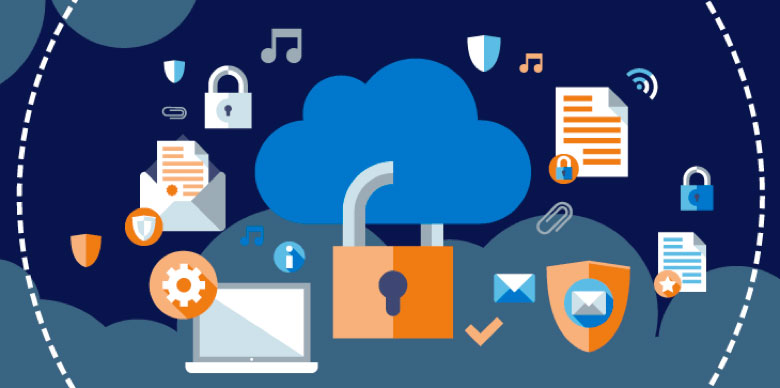
May 20, 2019
In modern times, your data protection and disaster recovery strategy can mean the difference between a successful company and a crumbled one. There are many malicious people out there ready to capitalize on any security vulnerability they identify in your business, regardless of whether you run a big or a small enterprise.
While you can think you are safe in doing things old school, the Internet of Things has made it almost impossible for businesses to avoid technology. For this reason, you must put up a data protection and disaster recovery plan on standby for any trying times that are bound to happen at one point or the other. Here is a checklist to help you out on your business:
Who does what in a disaster? In your business, you will need to involve your employees in a lot of your affairs, especially in matters of data protection and disaster recovery. Should something happen to your business, what is the role of different people? Ideally, you need to get together a list of all the key stakeholders in your company and outline their duties and responsibilities in the disaster recovery process. Areas to keep track include:
Such responsibility requires to be taken care of as soon as possible from the time of a disaster. It can mean the difference between your company saving all your data or completely losing them.
Now that you have chunks of data you generate in your company, how do you manage that information? For one, your backup techniques should guarantee the safety of the data. Other than that, the backups should be in different locations for the sake of recovery after a disaster. Technically, the MySQL backup can help you manage your databases. Even so, you must determine various storage sites that will be advantageous in the time of disaster. Which other locations can you store your data? How many formats are you able to save your information? How many backup plans do you have? What is the downtime you are likely to experience with your backup solutions?
When soliciting backup services from third parties, make sure you are keen with the policies, terms, and conditions of the service providers. This will give you an easy time when recovering your data.
When a disaster strikes your business, your recovery plan should project on how long you are going to be on standstill before your company can get back on its feet. This can differ depending on the kind of damage you have secured. However, the goal should be to reduce downtime as much as possible and maximize the uptime.
The first thing is to figure out how much data you generate in your business, and how much of it deserves to be backed up and stored safely. Other than that, the modes you choose to store your information will also determine how long you stay under. Make projections for downloading data from the cloud, internet connectivity, replicating data, creating snapshots, and distributing copies to different locations. Once you are certain of this, then you do not have to wait for months or years before you get back to business. Remember that your competitor may not experience the same hit like you, and therefore, it matters that you get back to serving your customers as soon as possible.
How much money have you set apart for recovery upon disaster? Ideally, the more data you have, the more expensive it is going to be. This is also the case with the size of your business. In understanding the factors that can increase costs, you can better make decisions on how much money you will need to put aside for this plan. Remember that the effects of the disaster will not only be on data, but also the employees and hardware and software. Account all these factors in your cost analysis.
Now that your plan is ready, how will you manage it before the disaster strikes? Technically, the data protection and disaster recovery checklist is a precautionary measure. Before you can term your plan as tamper-proof, you must run several test activities that will test the solidity of all you plan. You will also need to maintain the plan because, as the years go by, data keeps growing and needs to keep changing. This only means that you need to keep auditing your plan to update it so that the disaster will not cause you any significant losses.
In this episode, I sat down with Beejan Giga, Director | Partner and Caleb Emerson, Senior Results Manager at Carpedia International. We discussed the insights behind their recent Industry Today article, “Thinking Three Moves Ahead” and together we explored how manufacturers can plan more strategically, align with their suppliers, and build the operational discipline needed to support intentional, sustainable growth. It was a conversation packed with practical perspectives on navigating a fast-changing industry landscape.